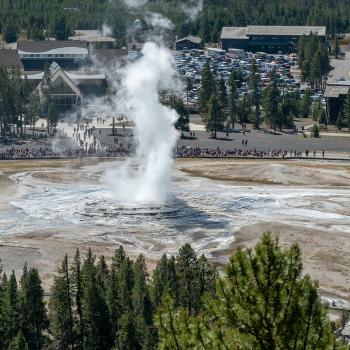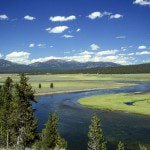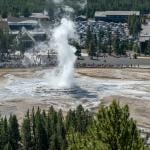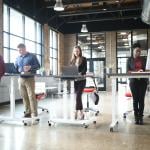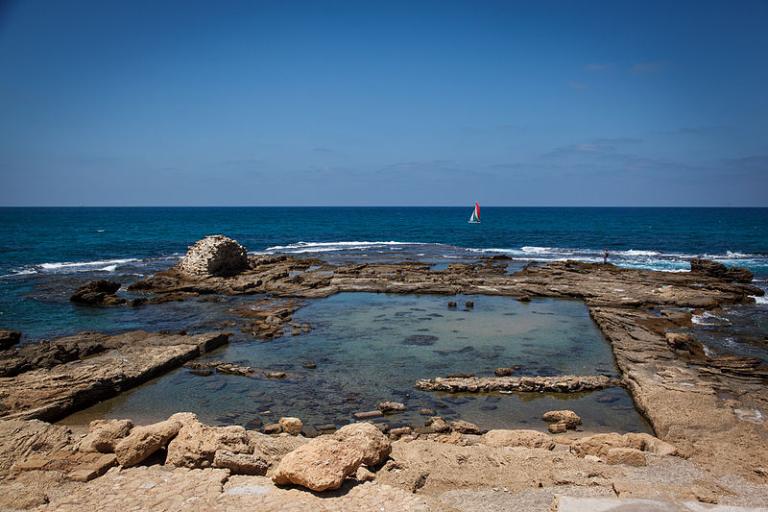
We were up very early this morning for the first day of this year’s Israel tour, driving through ancient Jaffa/Joppa/Yafo, and then up to Caesarea Maritima, where, among other things, we walked around in the ancient theater, Herod’s palace, the hippodrome, and the more recent Muslim section. Then we visited the Roman aqueduct that provided fresh water to the city, and drove up to the traditional location of the prophet Elijah’s contest with the priests of Baal. After lunch at a Druze-owned restaurant in Daliyat al-Karmel, we walked around the site of ancient Sepphoris, where (with others) I hypothesize that Jesus and Joseph labored as construction workers. From Sepphoris, we went to Nazareth, where we visited the “Synagogue Church,” the Basilica of the Annunciation, and the traditional Mount Precipice, from which the enraged population of Nazareth attempted to throw Jesus to his death. (I don’t think it’s the right location, but it offers a spectacular view of the Jezreel Valley, the village of [the Widow of] Nain, Mount Tabor, Nazareth itself, and . . . Mount Carmel.) We then drove through the traditional village of Cana, where Jesus turned water into wine, and past the Horns of Hattin, where Saladin (Salah al-Din) decisively defeated the Crusaders on 4 July 1187, to our hotel on the western shore of the Sea of Galilee.
What an inexhaustibly fascinating place this is!
Posted from Tiberias, Israel



